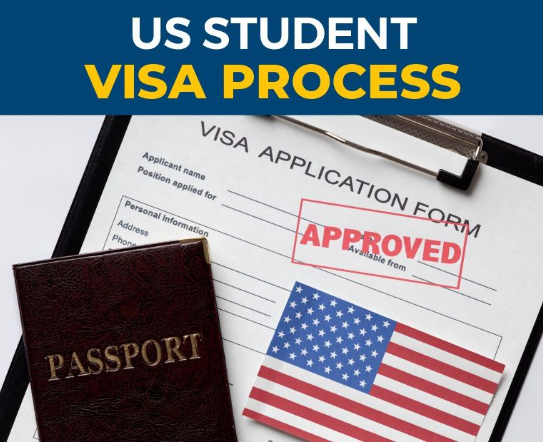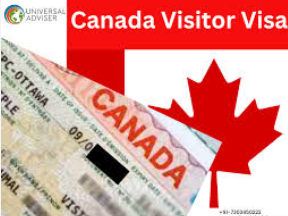Traveling to the United States, whether for business, tourism, or other reasons, involves navigating a complex visa process. Understanding the various requirements, common pitfalls, and key details can make this process smoother and increase your chances of obtaining a visa. This article provides an overview of the US visa process, highlights common reasons for visa denial, and answers frequently asked questions. If you’re planning a trip to the U.S., this guide will help you prepare and avoid common mistakes.
Understanding the US Visa Process
The US visa process is detailed and varies depending on the type of visa you are applying for. The two primary categories are immigrant visas, for those intending to live permanently in the U.S., and non-immigrant visas, for temporary stays such as tourism, business, or study.
To begin your application, you must first determine the appropriate visa type based on your purpose of travel. Once you have identified the correct visa, the next step is to fill out the online application form (DS-160 for non-immigrant visas or DS-260 for immigrant visas). The process also includes paying the necessary fees, scheduling an interview at a U.S. embassy or consulate, and gathering required documentation such as your passport, photographs, and proof of financial support.
For more detailed information on specific visa types and the application process, you can refer to the US VISA FAQ. This resource answers common questions and provides guidance on various aspects of the visa application.
Common Reasons for Visa Denial
While many applicants successfully obtain a US visa, some experience denial due to various reasons. Understanding these common pitfalls can help you avoid them.
One of the most frequent reasons for denial is insufficient ties to your home country. The U.S. government needs to be convinced that you will return to your home country after your visit. Evidence such as employment, family connections, or property ownership can strengthen your case.
Another common issue is providing incomplete or inaccurate information on your application. This can range from simple errors to significant discrepancies, such as misstating your income or purpose of travel. It’s essential to be honest and thorough when filling out your application.
For those applying for an Electronic System for Travel Authorization (ESTA), it’s crucial to understand the specific criteria and ensure that all information provided is accurate and truthful. Even small errors can lead to a denial. For a comprehensive list of reasons why an ESTA might be denied, visit REASONS FOR ESTA VISA DENIAL. This guide can help you identify and rectify potential issues before applying.
Frequently Asked Questions (FAQ)
- How long does it take to process a US visa? Processing times vary depending on the type of visa and the specific embassy or consulate handling your case. Non-immigrant visas generally take a few weeks, while immigrant visas can take several months to years. It’s advisable to apply well in advance of your planned travel date.
- What should I bring to my visa interview? You should bring your appointment confirmation, DS-160 or DS-260 confirmation page, passport, a recent photograph, and any supporting documents that prove your intent to return to your home country. For a full list of required documents, consult the US VISA FAQ.
- Can I reapply if my visa is denied? Yes, you can reapply if your visa is denied. However, it’s important to address the reason for the initial denial before submitting a new application. If the denial was due to insufficient ties to your home country or inaccuracies in your application, ensure these issues are resolved before reapplying. For more insight, check the REASONS FOR ESTA VISA DENIAL if you’re applying for an ESTA.
- What is the difference between a visa and an ESTA? A visa is a document issued by a U.S. embassy or consulate that allows you to travel to the United States. An ESTA, on the other hand, is an authorization for travel obtained online, typically for short-term tourism or business visits under the Visa Waiver Program. Not all travelers are eligible for an ESTA, and those who are denied must apply for a visa instead.
Conclusion
The U.S. visa application process can be complex, but by understanding the requirements and avoiding common mistakes, you can increase your chances of success. Be sure to gather all necessary documentation, provide accurate information, and demonstrate strong ties to your home country to support your application. For more detailed guidance, consult resources like the US VISA FAQ and learn about common REASONS FOR ESTA VISA DENIAL. Proper preparation and attention to detail will help you navigate the process smoothly and achieve your travel goals.















